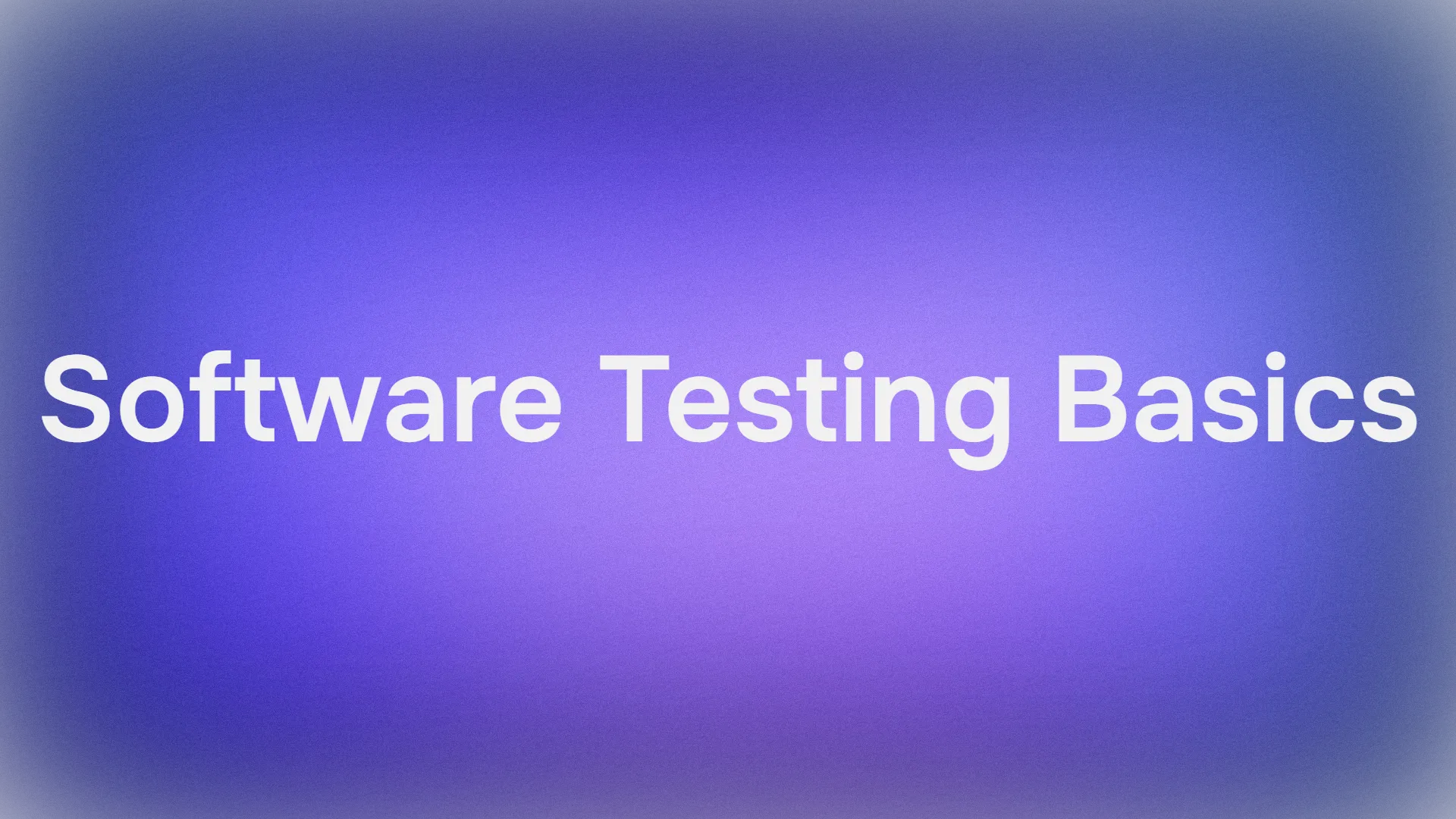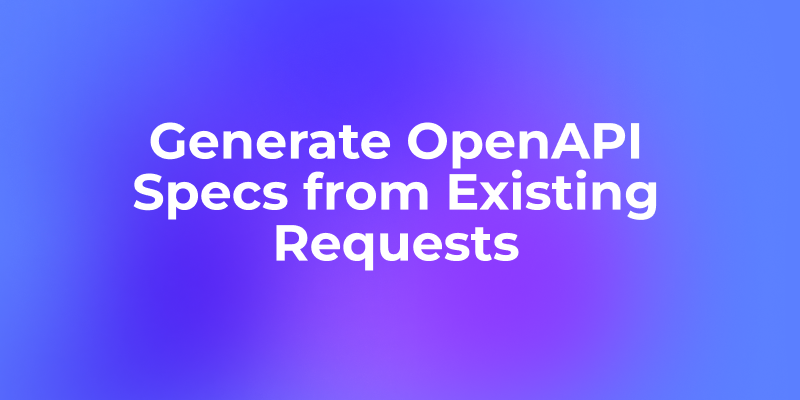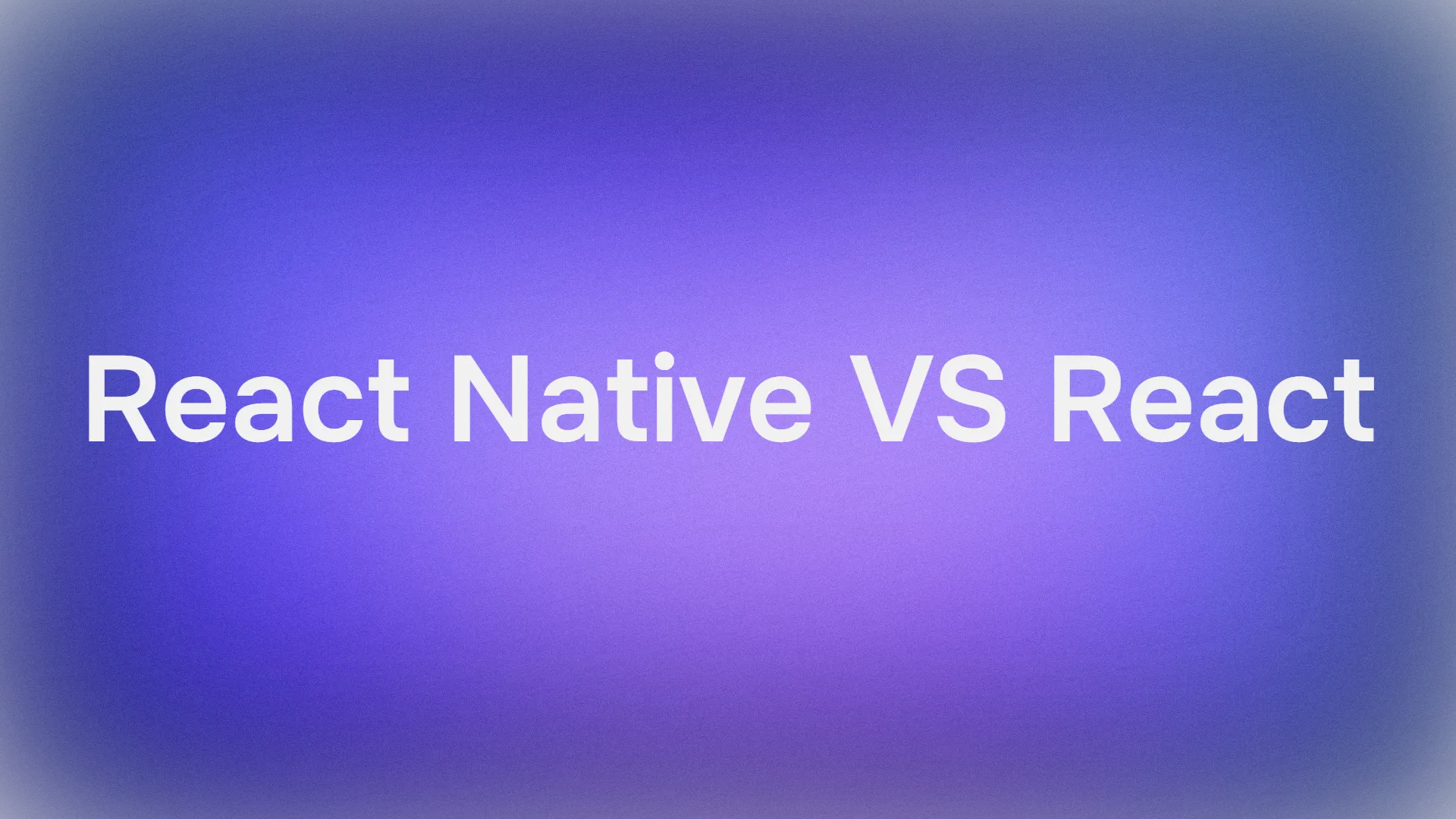In the rapidly evolving world of AI-powered coding, Cursor has just announced a major update to its Pro plan pricing. The new model in Pro Plan—"unlimited-with-rate-limits"—has sparked excitement, confusion, and plenty of questions among developers. Let’s delve into what’s changed, what it means for you, and how you can get even more value by integrating Apidog’s free MCP Server.
Posts from the cursor
community on Reddit
What Was the Old Cursor Pro Plan?
Previously, Cursor’s Pro plan was straightforward but restrictive:
- $20/month for 500 fast requests per month
- Unlimited completions (with some tool call limits)
- After 500 fast requests, users switched to slow requests (lower priority, longer wait times)
- Max Mode and premium models consumed requests faster
- Usage-based pricing available for extra requests
Cursor Old Pro Plan at a Glance
| Plan | Price | Fast Requests | Slow Requests | Max Mode | Tool Calls |
|---|---|---|---|---|---|
| Pro | $20/mo | 500/mo | Unlimited | Yes | Limited |
This system left many users worried about running out of fast requests, unpredictable costs, and the complexity of managing quotas—especially when using Max Mode for complex tasks.
Cursor’s New Unlimited-with-Rate-Limits Model: What’s Really Changed?
Cursor’s latest announcement introduces a new Pro plan model: unlimited-with-rate-limits. Here’s what’s new:
- No more hard cap on requests: Instead of a fixed monthly quota, you can now make unlimited requests—but with rate limits in place to prevent abuse.
- All tool call limits lifted: You’re free to use as many tool calls as you need, within the rate limits.
- Existing users can opt to keep the old 500-request system (via Dashboard > Settings > Advanced).
Cursor Pro Plan—Old vs. New
| Feature | Old Pro Plan | New Pro Plan (2025) |
|---|---|---|
| Fast Requests | 500/mo | Unlimited (rate-limited) |
| Tool Calls | Limited | Limits Lifted |
| Max Mode | Yes (quota-based) | Yes (rate-limited) |
| Price | $20/mo | $20/mo |
Though Cursor is becoming "generous", somehow you would want to know how to cut your Cursor cost.
But what does "unlimited-with-rate-limits" actually mean?
- You can send as many requests as you want, but if you hit the rate limit, you’ll need to wait before sending more.
- The exact rate limits aren’t always clear, leading to confusion and concern among users about whether this is a true upgrade or just a rebranding of old restrictions.
- Some users worry that the new model could feel like a downgrade if rate limits are too strict, especially for power users, especially when Cursor also introduced a new Ultra plan pricing at $200.
User Concerns: Is Cursor’s Unlimited Pro Plan Truly Unlimited?
The developer community has been buzzing with questions:
- Is this really unlimited, or just a new way to throttle usage?
- How do the new rate limits compare to the old 500-request cap?
- Will Max Mode and premium models still eat through my quota quickly?
Key Points of Confusion:
- The term "unlimited" is appealing, but the fine print matters. Rate limits can still slow you down if you’re a power user.
- The lack of transparency around exact rate limits has left some users feeling uncertain.
- For most developers, the new plan offers more flexibility and fewer interruptions—but those with high-volume needs may still hit walls.
Pro Tip: If you want to avoid rate limit headaches and get more out of your API workflow, Apidog’s free MCP Server is the perfect companion to Cursor. Read on to learn how to set it up!
How to Use Apidog MCP Server with Cursor: Step-by-Step Guide
Apidog MCP Server is a game-changer for Cursor users. It lets you connect your API specifications directly to Cursor, enabling smarter code generation, instant API documentation access, and seamless automation—all for free.
Step 1: Prepare Your OpenAPI File
- Get your API definition as a URL (e.g.,
https://petstore.swagger.io/v2/swagger.json) or a local file path (e.g.,~/projects/api-docs/openapi.yaml). - Supported formats:
.jsonor.yaml(OpenAPI 3.x recommended).
Step 2: Add MCP Configuration to Cursor
- Open Cursor’s
mcp.jsonfile.

- Add the following configuration (replace
<oas-url-or-path>with your actual OpenAPI URL or path):
For MacOS/Linux:
{
"mcpServers": {
"API specification": {
"command": "npx",
"args": [
"-y",
"apidog-mcp-server@latest",
"--oas=https://petstore.swagger.io/v2/swagger.json"
]
}
}
}For Windows:
{
"mcpServers": {
"API specification": {
"command": "cmd",
"args": [
"/c",
"npx",
"-y",
"apidog-mcp-server@latest",
"--oas=https://petstore.swagger.io/v2/swagger.json"
]
}
}
}Step 3: Verify the Connection
- In Cursor, switch to Agent mode and type:
Please fetch API documentation via MCP and tell me how many endpoints exist in the project.- If successful, you’ll see a structured response listing your API endpoints.
Pro Tip: With Apidog MCP Server, you can generate code, search API content, and automate tasks in Cursor—without worrying about rate limits or extra costs!
Final Take-away
Cursor’s new unlimited-with-rate-limits Pro plan is a bold move, offering more flexibility and fewer hard stops for most users. But for those who need true freedom, transparency, and power, integrating Apidog MCP Server is the ultimate upgrade.
- No more quota anxiety: Apidog MCP Server is free and works alongside Cursor to give you direct access to your API specs.
- Boost productivity: Automate code generation, documentation, and testing—right inside your IDE.
- Stay in control: Whether you’re a casual coder or a power user, Apidog helps you get the most out of Cursor’s new pricing model.
Indulge in the confidence of knowing your API workflow is optimized, cost-effective, and future-proof. Sign up for Apidog today and experience the next level of API development!



